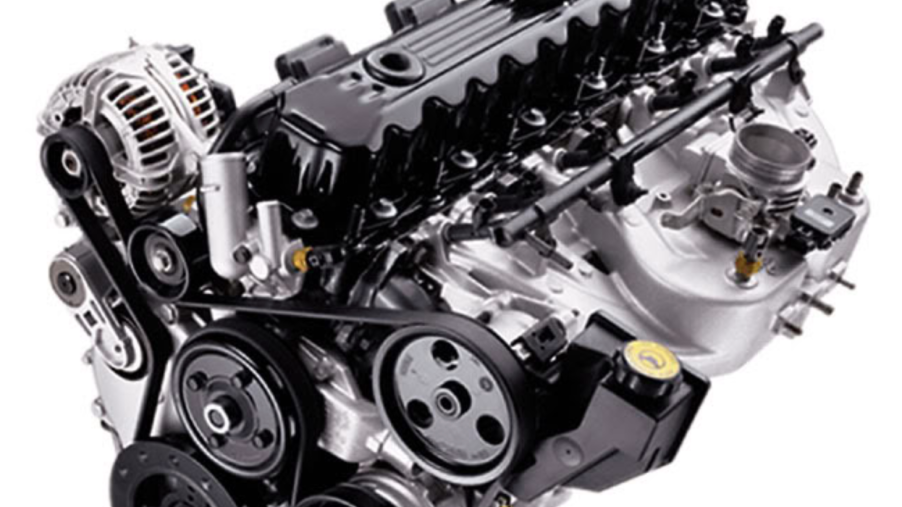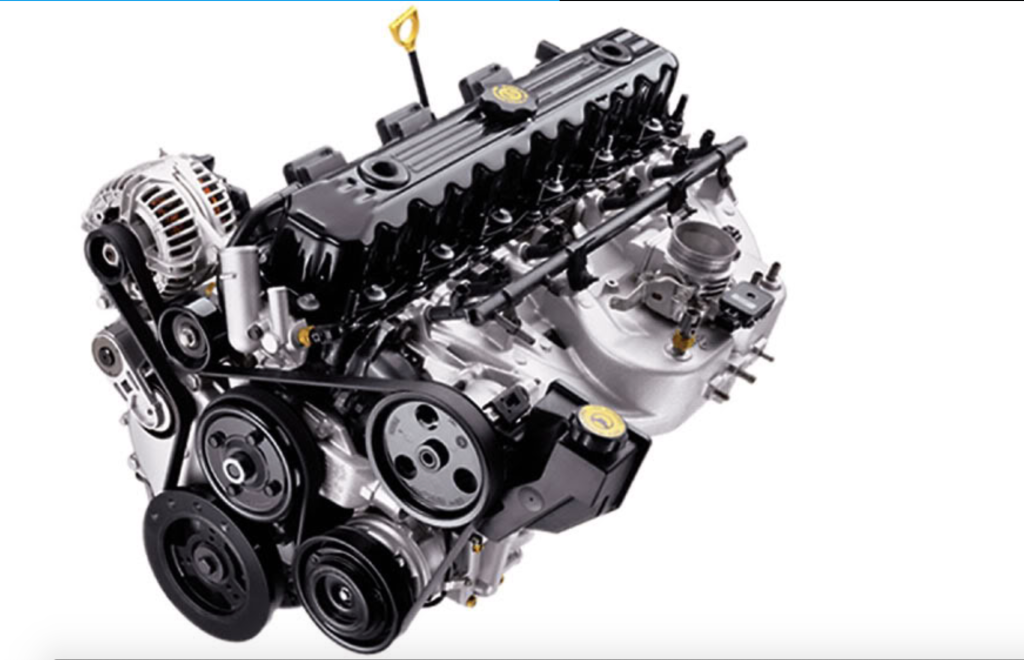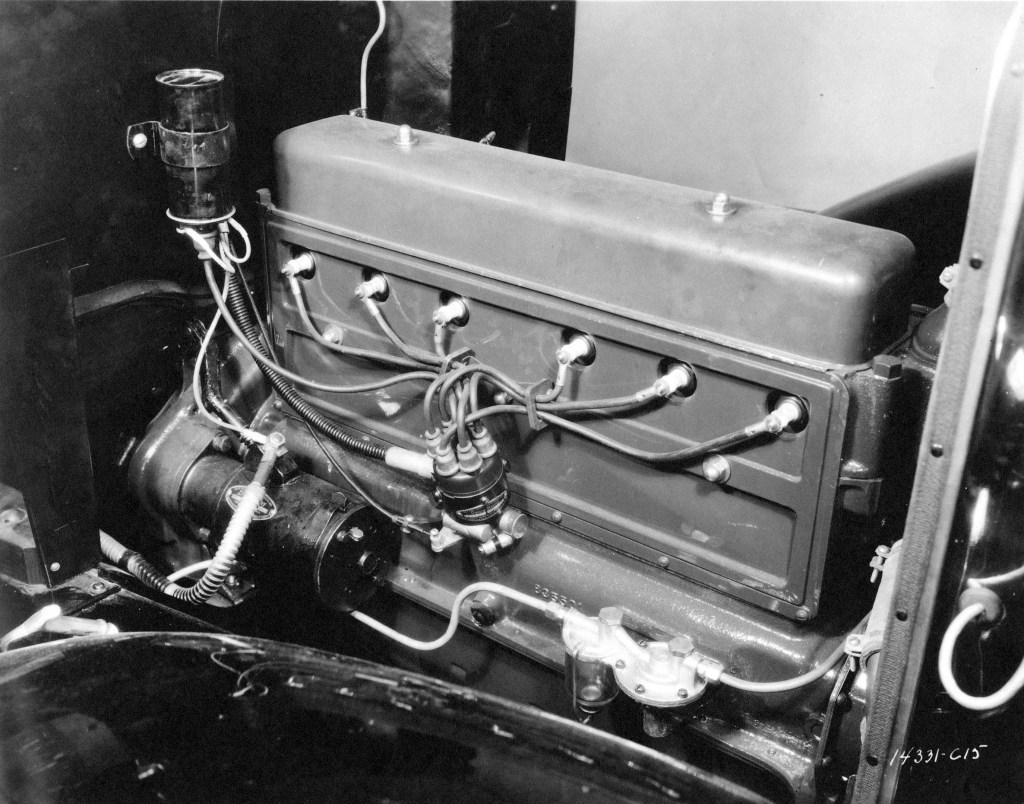
Ford Stabbing Straight-Six In Next F-150-Is This The Future Of Trucks?
The straight-six has never completely gone away, but back in the 1930s-1960s, it was the base engine for many automobiles. When the American auto manufacturers went with the V8 wave they still cranked out straight-six engines. Now Ford is looking to revive the straight-six potentially as its flagship engine in the next F-150.
While the F-150 EV looks like part of Ford’s truck future, the other part has to have an internal combustion engine. Lining up those cylinders in a straight line and making six of them is what Ford sees. But there is another big part of this direction.
What is expected to aid in straight-six improved efficiency is Ford’s decision to use turbulent jet ignition. With turbulent jet injection, you start with a pre-chamber-a small pocket connected to the main combustion chamber. It only makes up about .3 to .5% of the total chamber so it’s a small area.
The Ford straight-six combustion is both quicker and more thorough

This pre-chamber has a spark plug as does the main chamber. The idea is to atomize fuel in the main chamber then fire it off with the plug for the pre-chamber. The pre-heated air and added force from the pre-chamber firing off and pre-ignition of the main chamber gives a more efficient burn. Combustion is quicker and more thorough. With two plugs the combustion is also more stabilized than using only one.
But there are more advantages. All of this means it reduces fuel consumption by 30% and can increase compression for a harder bang without sacrificing emissions. That also means you can create an engine that is smaller by 25%. So, theoretically, you can now have a 1.5-liter three-cylinder as opposed to needing a 2.0-liter four-cylinder and achieve the same horsepower.
Maserati has developed this pre-chamber engine in its MC20. It uses both a port and a direct injector for each cylinder. Ford’s program has been in development for three years in conjunction with Oak Ridge National Laboratory. It is an engineering consultancy firm. It claims to have “achieved a 23% improvement in efficiency and a 15% reduction in engine mass relative to the 3.5-liter EcoBoost V6 of the 2016 model year Ford F-150.”
In spite of better emissions and economy, we are at the end of ICE

The puzzling part is that in spite of the better emissions and fuel economy numbers we are on the precipice of the end of internal combustion engines. So while these achievements are commendable, they seem to be coming too late to make much difference. So why is Ford thinking about future products with ICE straight-six engines powering them?
Ford had an inline-six engine from the 1940s until 1996 in one form or another. This would be the first such engine seen from the Blue Oval since then. The V6 has always been the go-to engine due mainly to space-saving. Of course, we know that most of the European manufacturers like BMW and Mercedes have used straight-six engines right up to today.
While it is a curiosity for an American manufacturer to venture off into straight-six engine architecture the Germans have maintained its use for decades. While Ford had its infamous flathead V8 throughout the 1930s to early 1950s, GM and Chrysler main powertrains were straight-six engines. So the inline-six engine has a long history of powering most of America’s vehicles including trucks, for decades. And while it disappeared for decades it may be making a last gasp return.



